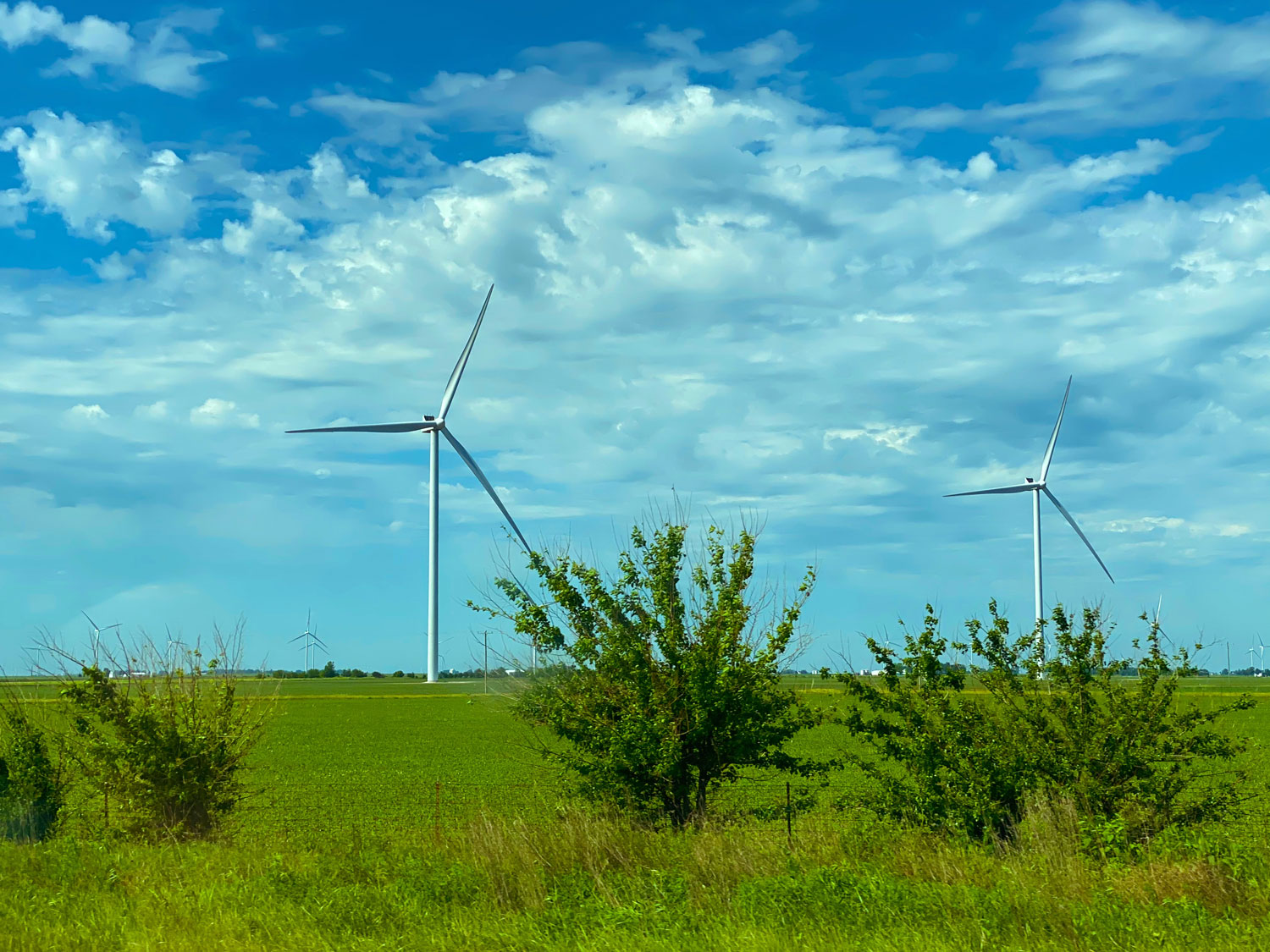The Government’s long-awaited Environmental Improvement Plan has been revealed – and has significant implications for farmers and landowners.
The Environment Improvement Plan is part of the requirement for a five-year delivery programme to reach targets introduced under the Environment Act. The Act was introduced in 2021 to enhance the environment by requiring the Government to set at least long-term target in respect of each of the following areas: air quality, water, biodiversity, and resource efficiency and waste reduction. The Act also requires the government to set specific targets for fine particulate matter in ambient air and species abundance.
The Government has now introduced new regulations which set out these legally-binding targets including:
- Halting the decline in species abundance by 2030;
- Reversing the decline of species abundance by ensuring that species abundance in 2042 is greater than in 2022, and at least 10% greater than 2030;
- Improve the 2022 GB Red List Index (of species threatened with extinction) in England for species extinction risk by 2042, compared to 2022 levels;
- Create or restore over 500,000 hectares of a range of wildlife-rich habitats outside protected sites by 2042, compared to 2022 levels;
- Reducing total nitrogen, total phosphorus and sediment pollution entering the water environment through agricultural diffuse pollution by at least 40% by the end of 2038 against a 2018 baseline;
- Increasing canopy cover to 16.5% of land area by the end of 2050.
To support the achievement of these targets, the Government has also released the first update of its Environmental Improvement Plan (EIP). The EIP sets out a delivery plan for the government's approach to halting and reversing the decline in nature over the next five years. Most of the commitments are not new but are already required by legislation or being developed under other policies.
The commitments in the EIP most relevant to farmers and landowners are:
Nature
- Protecting 30% of England's land and sea for nature through the nature recovery network and enhanced protections for marine protected areas;
- New Government schemes to incentivise 65% to 80% of landowners and farmers to adopt ‘nature friendly’ farming practices on at least 10% to 15% of their land by 2030; and the creation or restoration of 30,000 miles of hedgerows a year by 2037 – increasing to 45,000 miles by 2050;
- A species survival fund to protect the rarest species, such as hedgehogs and red squirrels;
- Ensuring all members of the public have access to green space or water within a 15-minute walk from their home.
Water
- Restoring 400 miles of river through the first round of landscape recovery projects and establishing 3,000 hectares of new woodlands along England's rivers.
Chemicals
- Helping farmers transition to integrated pest management, including reducing reliance on manufactured pesticides.
Trees and Soil
- Publishing a baseline map of soil health for England by 2028 and bringing at least 40% of England’s agricultural soil into sustainable management by 2028.
Climate Change
- Publishing a land use framework in 2023, setting out how the government will balance multiple demands on land including climate mitigation and adaptation.
There are likely to be further regulations on the horizon as the Government gears up to meet its environmental targets, including the potential extension of the requirement to obtain environmental permits for dairy and intensive beef farms, with greater scrutiny of the potential water and air quality impacts generated by their operations.
Farmers and landowners will soon have a wide range of options to consider when assessing the most appropriate and commercially viable ways of achieving environmental improvement on their holdings. The Government continues to develop its Environment Land Management Scheme (ELM) – an overhaul of farming subsidies which replace previous land-based payments from the EU with payments made on the basis of “public money for public goods”. However, the emergence of new private markets (such as mitigation for nutrient neutrality, biodiversity net gain and carbon credits) could generate significantly more lucrative income streams for farmers and landowners.
Our agricultural specialists are experienced at advising farmers and landowners on the practical and legal considerations of environmental schemes and other aspects of diversification.
The Thrings Agriculture team has been chosen by the NFU to act for its members in more counties than any other firm. Find out more about how we can support farmers, food producers and rural communities on our Information for Farmers page.


